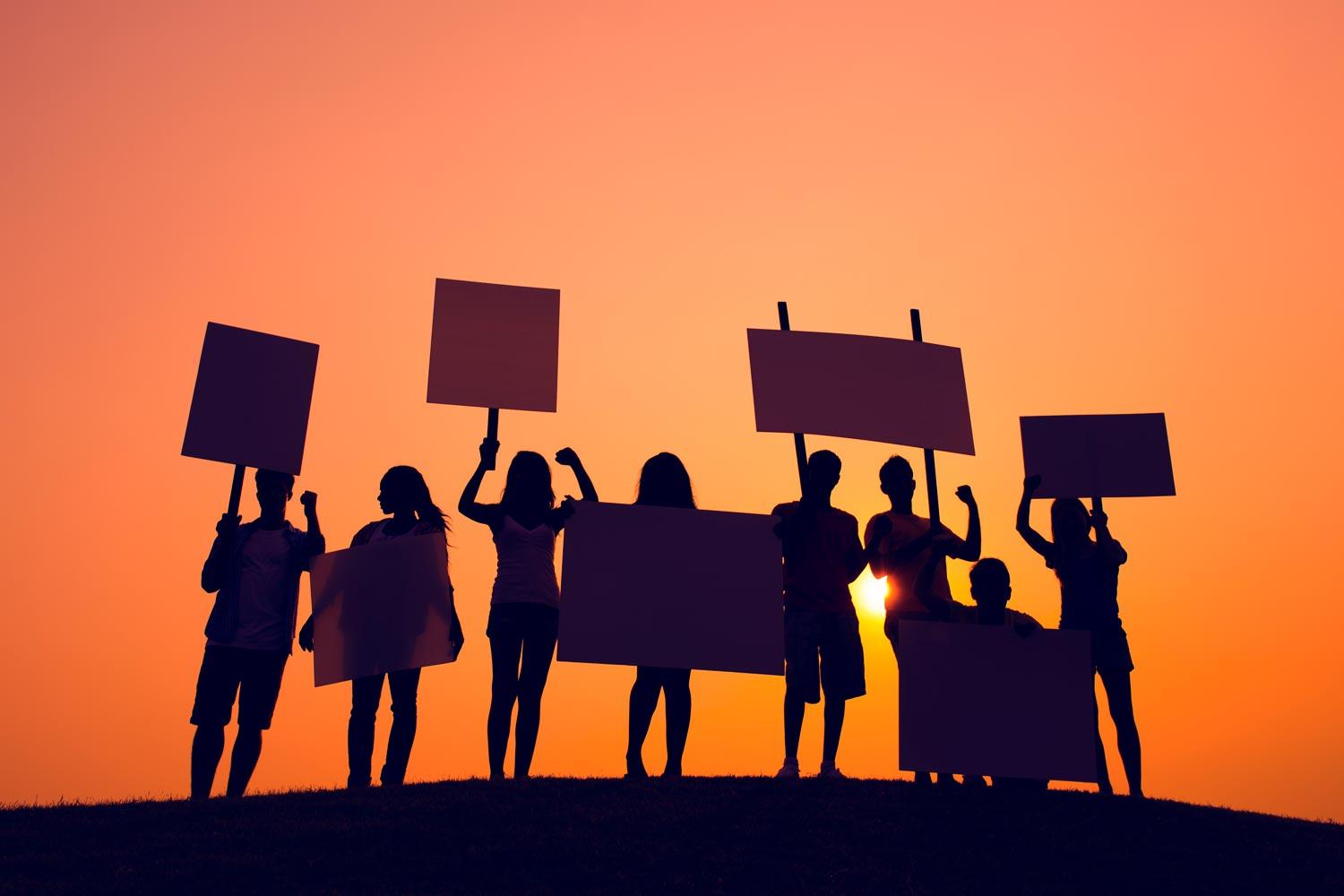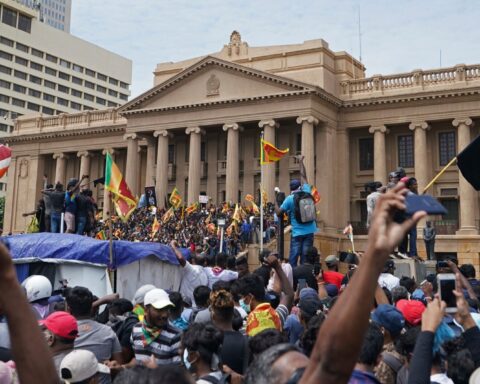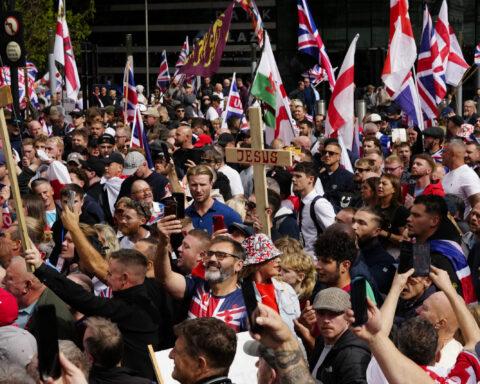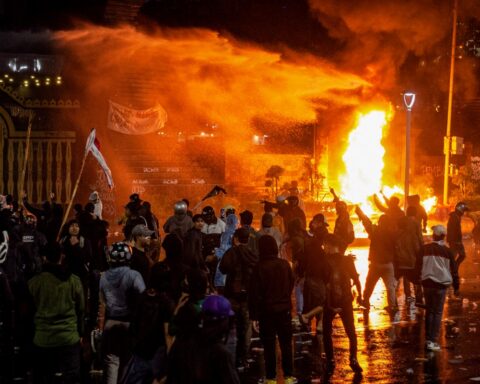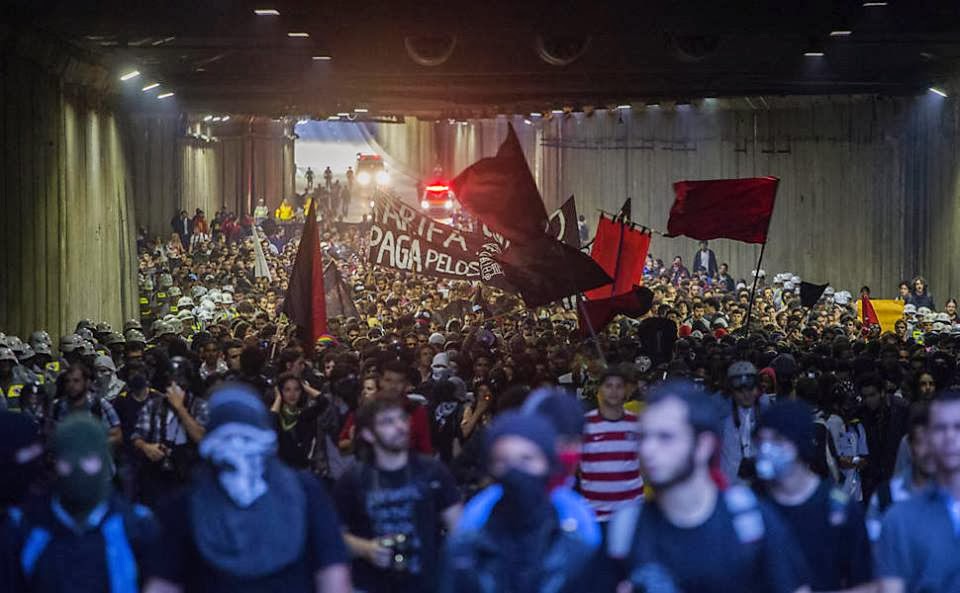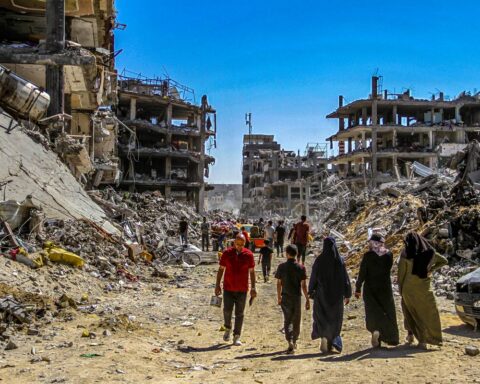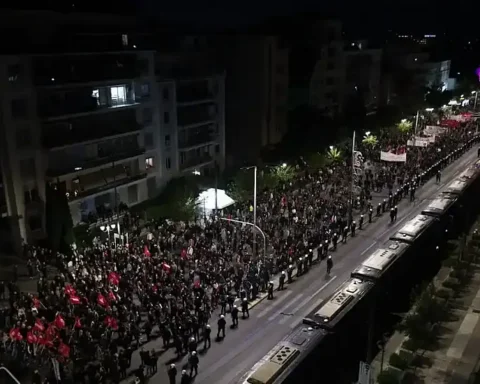It has become widely accepted that Internet-based social media has profoundly changed the nature and practice of social activism. We are told that Twitter and Facebook empower the powerless and make the act of confronting oppression easier and more efficient. The recent events in Iran, Egypt, and Madison, Wisconsin are trotted out as examples, while books like Clay Shirky’s Here Comes Everybody provide the theoretical underpinning.
The recent events throughout the Middle East certainly demonstrate the usefulness of social media. Protesters are able to take their case beyond their borders, and tell their story in their own words without having it subject to governmental or media spin. This is something new and very useful that social media offers: it gives activists communicative powers on a level that has never been possible before. But the importance of tools like Facebook and Twitter has been overstated in many ways. And, more importantly, the nature of this overstated importance tells us a great deal about the actual practice of successful political activism.
Social media, by providing a loose network of links that can quickly spread information from friends, to friends of friends, and eventually to total strangers, does not supplant or replace many of the most essential elements of any successful social movement. More than weak links between activists, successful social movements require a well-organized structure and comradery based on face-to-face contact and shared experience. Social media is simply a new tool that can spread ideas. The basic methods of successful political activism remain unchanged.
In a 2010 article for The New Yorker, Malcolm Gladwell makes a similar point. Using the lunch counter sit-ins of the 1960s civil rights movement as his main example, Gladwell argues that the secret to that campaign’s success came from the interpersonal connections between the participants, as well as the carefully structured organizations, such as the Student Nonviolent Coordinating Committee (SNCC), that helped direct the action. Without strong personal ties or a system for disciplined action, the systemic racism of the south would almost certainly have prevailed. However interesting his essay is, Gladwell actually overstates the unimportance of social media in social activism, and it is worthwhile to take a moment to distance ourselves from certain elements of his argument. Somewhere between the increasingly popular notion that social media has changed everything and Gladwell’s belief that it changes nothing, lies the truth of the matter.
Social media can spread information faster and more efficiently than anything that has previously existed, and is thus a very useful tool for rapidly spreading the news of an injustice or quickly mobilizing large groups of people. What social media does not change, however, is the best way to utilize these mobilized individuals. The relatively weak personal ties established on the Internet simply cannot provide the sense of solidarity with one’s peers required to face the violence and repression that is almost inevitably created when an established power structure is challenged or provoked. In the south in the 60s, activists were kidnapped and killed, churches were burnt, and the local police looked the other way. Logging in to Facebook or Tweeting about it cannot provide the wherewithal to withstand similar dangers. Word can be spread, but the required bravery comes from elsewhere.
The Fused Group
So, if social media does not change the mechanisms of social change, but merely acts as a new tool for activists, it seems fitting to ask, how does social change come about? How does it get started, and how does it get realized? There are at least two distinct mechanisms of social change. First, there are parliamentary methods that attempt to work within the confines of a given system to get laws and bills passed that will ameliorate particular problems. Secondly, there are those moments when people take to the streets and demand immediate, radical change through protests and direct action. Granted, there are many examples of overlap between these two types of social change, but for the purposes of this short essay, we will avoid unpacking this bit of complexity, and will, in fact, focus entirely on the second type. After all, it is these moments of massed protest and direct action that have led to so much discussion of the role of social media in political activism.
So, what is the mechanism behind this latter type of social change? Jean-Paul Sartre, in his Critique of Dialectical Reason, introduces the notion of the “fused group.” When a situation compels a number of people into a public place in the knowledge that many others will be gathered in response to the same situation, a fused group has formed. The fused group’s exact objectives may remain indeterminate, but a common danger has provoked a gathering. For example, when rampant unemployment and social unrest gripped Russia in 1917, people took to the streets and formed a fused group. They knew they were unhappy, but they did not have a commonly-held, specific program in mind for addressing their unhappiness. And they almost certainly were not clamoring for the formation of the Soviet Union.
But whatever a fused group is clamoring for, its aims cannot remain inchoate indefinitely. The energy of the initial gathering will inevitably dissipate, and the fused group will either give up and go home, or ossify. However disheartening this ossification may sound, it is actually necessary for the realization of a fused group’s goals. Yelling in the streets will just wear out one’s voice. Demands for something concrete, and plans for making these demands a reality will eventually need to be made. In Russia, people were out of work and out of food. The most well-organized political group was able to take control of the situation, and attempted, or at least claimed, to fulfill the common clamor for jobs and food. The Bolsheviks were thus able to take a demand for basic rights and turn it into one of the most brutal and ruthless regimes in human history. The lesson here is twofold. First, popular discontent needs organization and direction if it is to accomplish anything. A fused group will not remain fused for long. Second, the nature and philosophical outlook of political organizations matters immensely.
Systems Have Consequences
But wait, have we digressed? What does this have to do with Facebook or Twitter? Sartre never had a Facebook account, and Lenin never used Twitter. How are they relevant to the Internet age? Don’t worry. We are still on topic. As was argued above, social media does not fundamentally change the nature of social change. Rather, these new tools are just that: new tools. Social media can spread the news of an injustice or the meeting point for a potential fused group with incredible efficiency, all while sidestepping governments and mainstream news outlets. But even with these new tools, fused groups are still prone to the same dissipation and ossification. In the event of ossification, when a fused group transforms from an agitated gathering into a social movement, then the traditional methods for conducting a successful social campaign remain intact. A strong organization with strong personal ties remains the key to success.
In his New Yorker article, Gladwell makes similar points about the need for well-maintained organizational structures and strong personal bonds, but brings this point to a strange and erroneous conclusion. He claims, with SNCC as his main example, that a hierarchical structure is essential to a successful political organization. Apparently, according to Gladwell, it is impossible to have an effective organization and strong interpersonal bonds – his criteria, as well as mine, for a successful social movement – without a top-down pyramid scheme of an organization, complete with overlings, underlings, kings, and serfs. Gladwell’s assertion here is a bit absurd. It almost seems as if he is reaching for something counterintuitive and attention getting, as if once he makes the-currently-out-of-the-ordinary-but-hopefully-soon-to-be-widely-accepted claim that social media doesn’t really change everything about how we do every single thing, that he needs to then do himself one better and proclaim that things get done better when a few people assume control and boss everyone else around.
One need only recall the organizations that sprang up throughout Catalonian Spain during the Spanish Civil War in order to determine that hierarchy is not essential to efficiency. A system for assigning tasks and determining goals is necessary, but that system does not need a top-down chain of command. In fact, there are historical instances, such as the Bolsheviks’ rise to power, that suggest that an increase in more egalitarian, collectively run political organizations could work in humanity’s favor. The Bolsheviks represented the strongest alternative organization at a moment when a fused group had rendered the existing power structure obsolete. An authoritarian political sect with a distrust of open dialogue thus moved into a position of power, which really didn’t work out all that well for the peasantry, or really anyone outside the Politburo. But one should not expect a hierarchical organization to institute egalitarianism. Gladwell’s example of SNCC is actually much more the exception than the rule. SNCC used a centralized command structure, but its aim was the equal rights of an oppressed and marginalized group. To say that SNCC’s structure was essential to the realization of this aim is erroneous. To further impute that such a structure is essential to the realization of all other political goals is downright dangerous.
We still need to meet
The role of social media in political activism has been overstated. The excitement of the new has brought on an outbreak of hyperbole. But we need not join Malcolm Gladwell in declaring social media an irrelevant development in political activism. Twitter, Facebook, and whatever we will be using in five years are all useful tools for spreading information in our own words and gathering activists. These are new and exciting technological developments. But the steps required for a social movement to succeed remain unchanged. Activists need to meet face-to-face in order to build the solidarity and organizational strength required to confront entrenched power. The weak ties forged on the Internet have their role, but they do not supply the solidarity required to succeed.
And just as importantly, the nature of our political organizations matters immensely. In the recent events in Egypt, for instance, the existing power structure was not only left with no choice but to relinquish power, but it may have had no real power left to relinquish. In such instances, when people are yelling in the streets while disempowered politicians pack up their desks, there exists a need for someone to provide direction. The nature of this direction depends entirely on the types of organizations that already exist. Authoritarian organizations cannot be expected to become egalitarian when handed power. It is therefore important that our political organizations mirror the society we would like to see. And organizations like this can only be built the old-fashioned way – by meeting, talking, and building solidarity on a person-to-person basis. Sure, the meetings can be announced on Facebook, but we still need to meet.
source: http://new-compass.net
